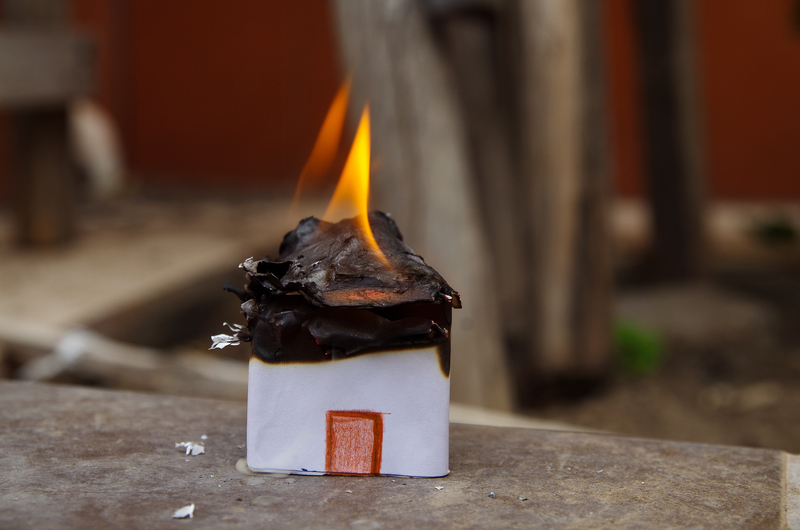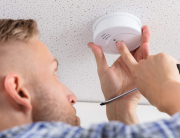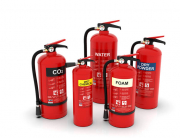How often to review fire risk assessment? You should have a professional carry out a fire risk assessment at least every 4 years to ensure that your building is safe and that you are addressing any fire hazards.
However, it’s good practice to implement your own fire risk assessments much more often than this. A good interval is around 6 months. This could be carried out by your health and safety officer.
During this assessment, they will need to consider hazards such as fire escape blockages and check fire extinguishers and fire alarms.
Any potential fire hazards such as excessive paper in office spaces or non-PAT tested electronics should be removed as part of this process. Waiting for the 4 yearly reviews may be too late.
Who is Responsible For Completing a Fire Risk Assessment?
The person responsible for your building health and safety should carry out your fire risk assessment. This could be your health and safety officer, or a dedicated fire warden.
It should also be their responsibility to carry out weekly fire alarm checks and fire evacuation drills every few months. This will keep fire safety at the forefront of your employees’ minds and ensure that new staff understand the procedure.
Your health and safety officer should make the booking for a professional to conduct a fire risk assessment at least every 4 years and should review the assessment afterwards to act on recommendations and mitigate any risks going forward.

What’s Included in a Fire Risk Assessment?
When you conduct a fire risk assessment, there are a few essential things that you need to have in place and in full working order:
● Check that fire extinguishers and smoke alarms are working and are in the appropriate places within the building to detect a fire at the earliest possible point.
● A test needs to be carried out every week to ensure that fire alarms can be heard throughout the building and alert the emergency services when they sense a fire.
● Emergency lighting within the building needs to work on a back-up system so that the lights can direct people in the event of a power failure.
● All staff should be trained adequately regarding fire safety and meeting points.
It’s important that you create a checklist to ensure that all protocols have been followed correctly. This gives you a greater chance of a speedy evacuation and increases employee safety.
You should:
● Consider who is most at risk during an evacuation situation. E.g., less able-bodied individuals
● Work to understand the risks and work to mitigate them
● Record and evaluate your findings and put in new procedures where needed
● Create an emergency plan and ensure all staff are aware and fully trained
● Make sure you always keep your risk assessment practices regular and up to date to keep your employees safe at all times
If you require professional services to carry our an assessment, do not hesitate to contact us via our website.






